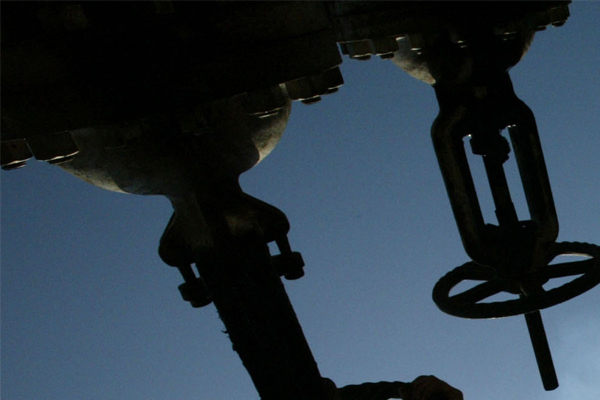- Saudi Arabia, Kuwait and Oman are each finishing refineries
- The UAE is aiming to boost diesel supplies to France, Germany

Anthony Di Paola, Bloomberg News
DUBAI
EnergiesNet.com 02 03 2023
Europe’s looming ban on almost all Russian fuel is sparking a scramble for alternatives, not least from Middle Eastern petrostates.
Yet three new refineries in Saudi Arabia, Kuwait and Oman that could go a long way to helping Europe replace 600,000 barrels a day of Russian diesel have faced numerous delays. None of them is yet at full capacity and there could be even more hold ups.
“Middle East refining projects are subject to commissioning delays,” said Ahmed Mehdi, a commodities analyst in London with Renaissance Energy Advisors. “Europe won’t benefit from the additional barrels until late 2023.”
The European Union is set to ban all seaborne imports of refined fuels from Russia, by far its biggest supplier, on Sunday. That covers products from jet fuel to gasoline and diesel.
Here’s a summary of the Middle Eastern refineries Europe that could eventually help Europe make up for lost Russian supplies.
Kuwait — Al Zour
Kuwait plans to boost diesel flows to Europe fivefold this year to 50,000 barrels a day and double shipments of jet fuel. It will manage that by increasing output at its massive 615,000 barrel-a-day Al Zour refinery.
Once the plant is operating at full capacity, it should be able to produce about 145,000 barrels of low-sulfur diesel a day, according to consultancy FGE.
The plant has cost more than $15 billion and has a tortured history. The original plans were scrapped more than a decade ago. It eventually started last year, around two years late. The state energy company expects to start the second of three lines this month and the final one in April.
Saudi Arabia — Jazan
Saudi Aramco’s Jazan refinery in the southwest of the kingdom is designed to process 400,000 barrels of crude each day and produce fuels meeting stringent European emissions specifications. The facility is still being ramped up and, while it’s exported some products, it’s yet to send any diesel that meets those requirements to Europe, according to Vortexa Ltd., an energy consultancy.
Aramco initially planned to start it in 2017, before later saying it would be at full capacity in the second half of 2020.
Jazan is located far from Saudi Arabia’s vast oil fields in the east, and has to be supplied with crude via tankers instead of a pipeline. It’s also close to the border of war-torn Yemen, leaving it “especially vulnerable” to drone strikes should Iran-backed Houthis decide to target the kingdom again, according to investor-advisory firm Greenmantle.
Oman — Duqm
Oman and Kuwait are building a 230,000 barrel-a-day refinery at Duqm on the former’s Indian Ocean coast. They initially targeted a 2020 start, but that’s been delayed until later this year. Most oil traders covering the Middle East don’t expect the first shipments until at least the end of 2023.
UAE — Ruwais
The UAE, OPEC’s biggest oil producer after Saudi Arabia and Iraq, is trying to raise diesel volumes bound for France and Germany by about 100,000 barrels a day in 2023. It will use its existing refinery at Ruwais for that.
Abu Dhabi National Oil Co. increased capacity at the facility on the Persian Gulf coast to more than 900,000 barrels a day last year.
“To replace Russian supplies, Europe is increasingly turning to producers in the Middle East,” analysts at JPMorgan Chase & Co., including Natasha Kaneva, said in a note to clients.
–With assistance from Jack Wittels, Fiona MacDonald and Jeremy Diamond.
bloomberg.com 02 02 2023












